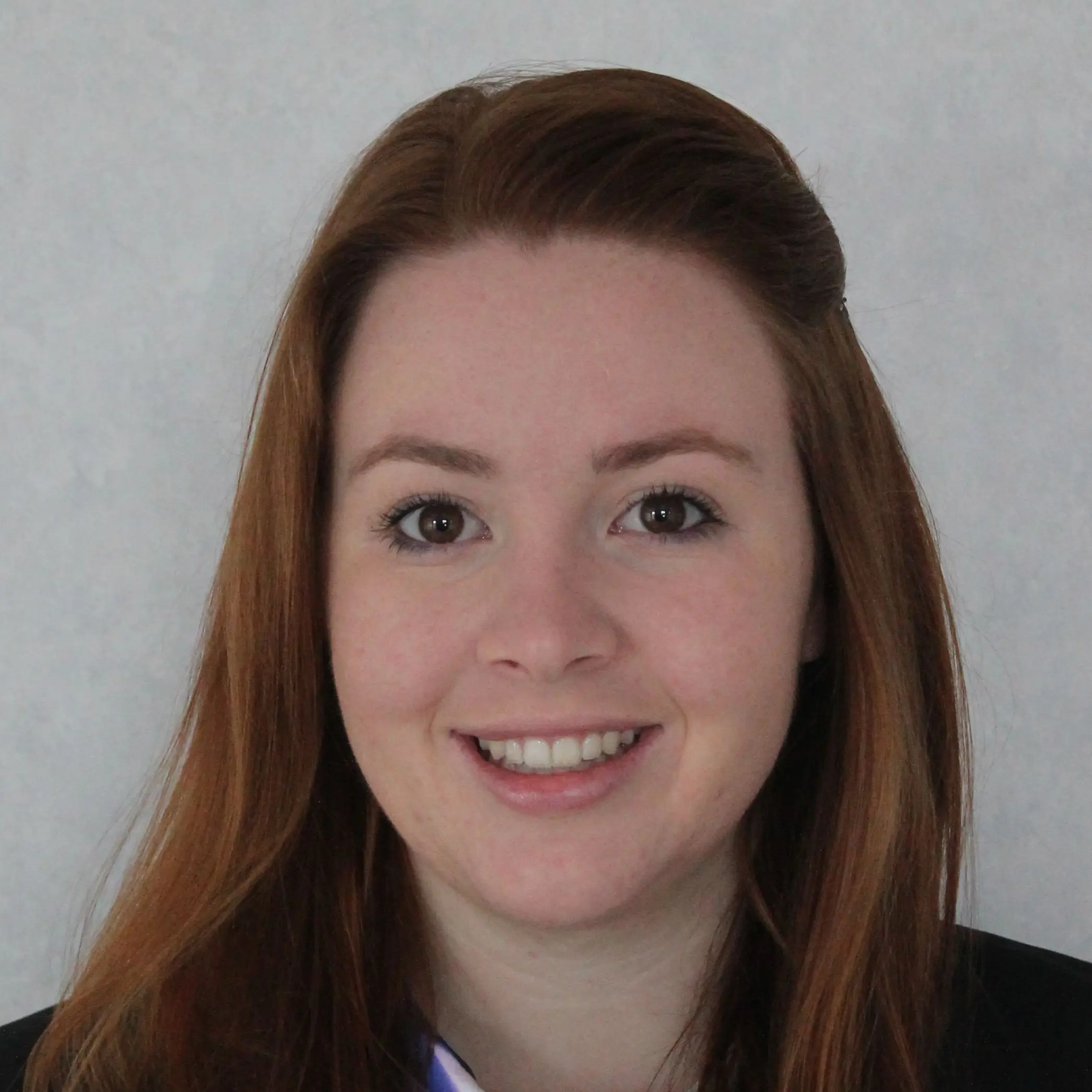This past week has been the start of many adventures to come, afar from my small hometown of Dairy Flat, to the bustling South Island city of Christchurch, where I will call home for the next two weeks.
But before I dive in (pun intended) to the Fresh Water research, here is just a brief introduction to the ambassadorship I was privileged to receive and the tentative programme that encompasses my time down in Christchurch:
- The application to be one of the Sir Peter Blake Trust Ambassadors caught my eye as I was looking for ways to get more involved in fresh water research and understanding the impacts that a range of notions can have on the environment and its ability to thrive. After a bit of research, I noticed that NIWA had provided the opportunity and platform to learn more about fresh water science in particular. Without hesitation, I had submitted my application and not long after had an interview.
- After being selected as the NIWA Fresh Water Ambassador, planning was all go! The tasks over the two weeks down at the Christchurch NIWA campus would centre around the theme “From Data to Information” – a collaborative effort and experience from times both in the field with data collection to the office/lab for analysis. Experiences from gauging rivers in Molesworth Station and along the Hurunui River through to tsunami modelling and lamprey location were all part of the work.
- Heading into my last year of a Masters of Natural Sciences and being involved in the dairy industry with a keen interest in biology and the environment, I am extremely excited to be able to combine my passion and studies in this role, as well as helping NIWA scientists conduct critical research.
My first project down at NIWA involved a consultation on Claxby Farm in the Waimakariri Region, in collaboration with Fonterra. This was particularly interesting as it emphasised the importance that something as simple as watering grass is such a crucial part of the farm’s day-to-day running and what we may regard as simple decisions (such as whether to watch the weather forecast) can cost not only the farmer, but also the environment, thousands of dollars in a few short minutes if decisions aren’t thought through properly. On the upside, this consultation taught me the importance of collaboration – between Fonterra, NIWA and farmers, as well as between community members. In fact, collaboration is a key point of importance in NIWA’s overall framework (more on that in a later blog).
My adventure continued stretching across the field hydrology division within NIWA. Travelling around the beautiful South Island, admiring wonderful landscapes, gauging the Clarence and Acheron Rivers just south of the Marlborough Region was a fantastic day – it didn’t even seem like work. The field work team were very knowledgeable and as this was the first time they had visited these sites since the recent Kaikoura earthquake, so we were not entirely sure as to what we would find!
My favourite part of this field work was being able to get my hands dirty (so to speak) and jump in the river with the team, a pair of chest waders and a $25,000 piece of survey equipment. This equipment is extremely important as it allows NIWA scientists to understand the river profile and additional surveying gains insight into the flow velocity of the river. These results then go towards working out how much of the river can be used for on-farm irrigation as well as for wider-community purposes.The well-known quote; “It takes a village to raise a child” can be paraphrased in a sense to apply to the work we were doing. Not only do the field hydrology team get to spend countless hours in the beautiful outdoors, but the data they collect and manage is then applied to other divisions who analyse it prior to the decision makers suggesting any protocols to be put in place. Essentially it takes a collaboration of individuals and small teams through a wider network to ensure that the high standard and health of our waterways continue to prosper both tomorrow and beyond.

Once again, I jumped from field hydrology over to instrument systems, taking off my river gauging hat and putting on my engineering hat to travel just south of Christchurch to the Rangitata South Irrigation Scheme. Essentially this scheme aims to ensure efficient distribution of water from the river to maximise benefits to the environment along with the surrounding dairy farms. This project took advantage of technology with smartphone apps often advanced enough to correct any on-farm irrigation errors remotely, however some of the sites needed to be manually examined for issues. I was able to talk to several of the farm workers who accompanied us around the scheme and enlightened them about the work both NIWA and the Sir Peter Blake Trust do – as well as cuddling the farm dog Hobbs – whilst checking the currents, replacing irrigation boxes and adjusting flow gates (Figure 3 – inside an irrigation control box)! Many people have mentioned that technology will be the downfall of us, but frankly I believe quite the opposite! It was remarkable to be able to control these incredible ponds with the simple tap of your finger onto a smartphone screen rather than unnecessary travel and inefficient use of time and resources to do the same thing. The technological tools that the instrument systems team here at NIWA have developed are amazing and can make simple tasks just that little bit more efficient.
Just a few days into this incredible experience I have already learned the integral roles that both field work as well as laboratory work occupy in NIWA’s larger scope of collaboration. As they say – think globally, act locally! This is definitely an expression kept in the forefront of my mind as I embark on this adventure.

Courtney Davies
BLAKE NIWA Ambassador 2016


